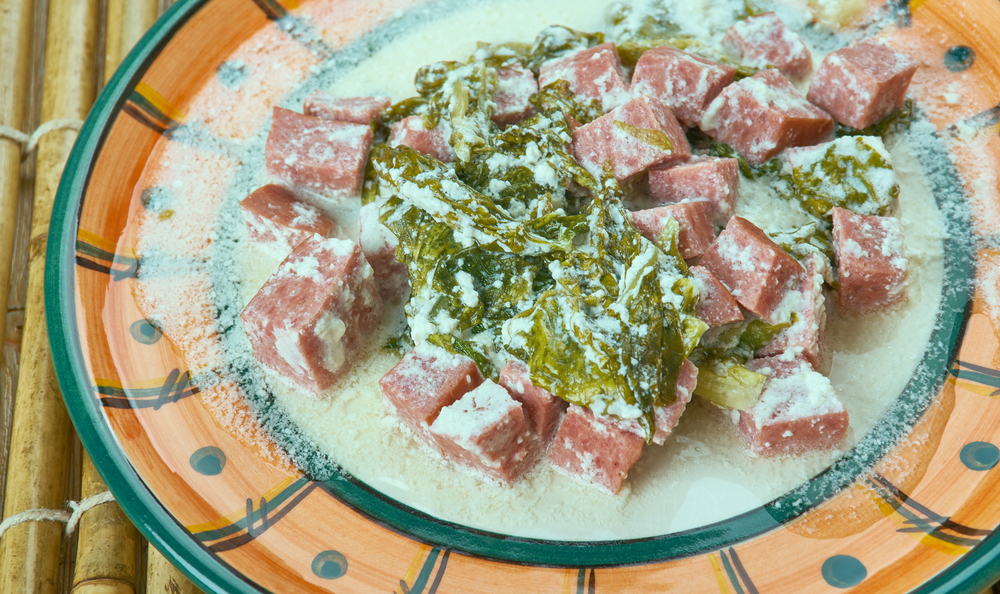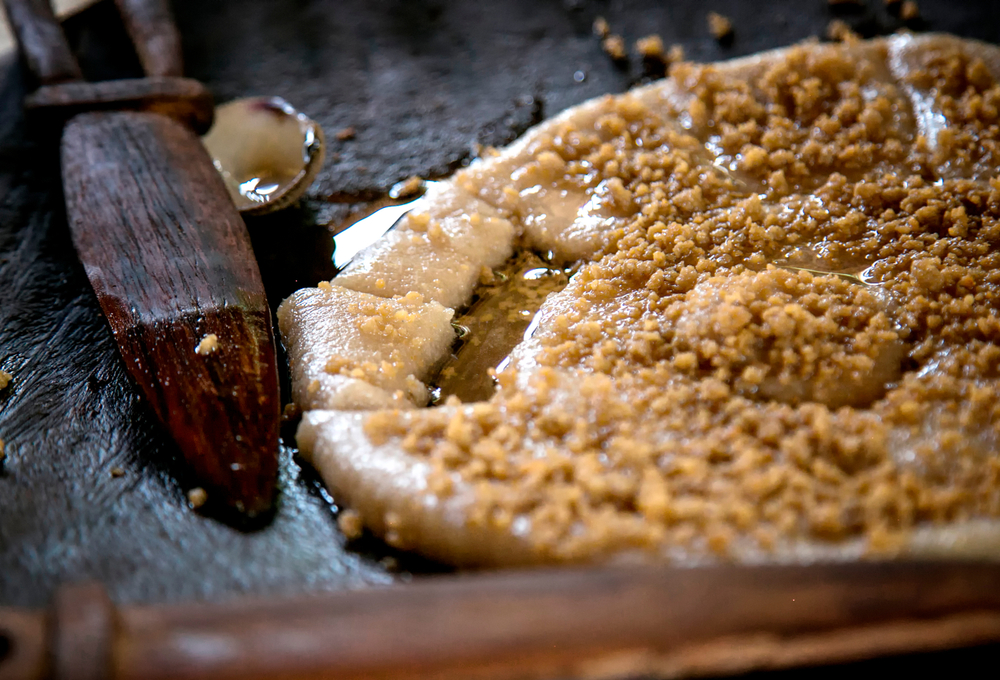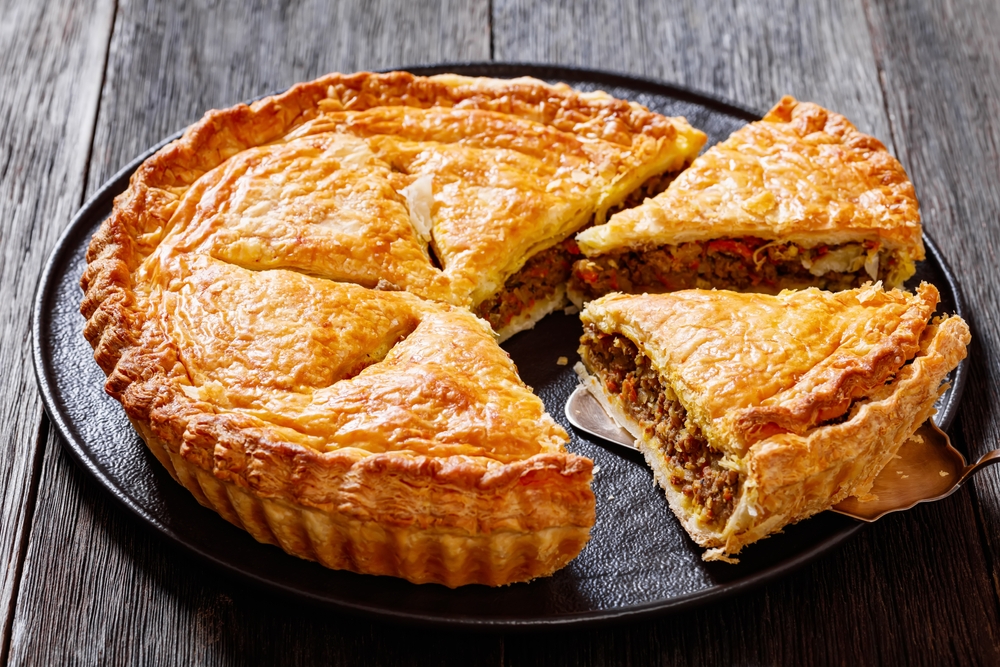Introduction to the Culinary Delights of Oceania
Exploring the Diverse Flavors of the Pacific Islands
Oceania, a vast region encompassing numerous islands in the Pacific Ocean, offers a culinary tapestry as rich and varied as its cultural heritage. Each island boasts a distinct palette of flavors and cooking techniques, reflecting the indigenous ingredients and the influence of historical migrations. From the smoky, earth-cooked feasts in New Zealand to the delectable raw fish salads of Tahiti, the gastronomic delights of Oceania are bound to tantalize your taste buds. In this exploration, we embark on a savory journey through the traditional dishes that define the Pacific Islands’ food scene.
1. Lū’au (Hawaii) – A Traditional Hawaiian Feast
Description and Key Ingredients of Lū’au
A Lū’au is more than just a meal; it’s a celebratory feast that encapsulates the spirit of aloha and communal gatherings in Hawaiian culture. At its heart lies the Kalua pig, traditionally slow-cooked in an underground oven called an imu. This smoking technique imparts a unique, tender flavor to the pork, which is often accompanied by luscious side dishes such as poi (mashed taro root), Lomi-Lomi salmon, and sweet haupia (coconut dessert). The ingredients reflect the island’s bountiful natural resources, and the Lū’au itself is a vivid representation of Hawaii’s culinary lineage.
2. Hangi (New Zealand) – The Maori Earth Oven Cooking
How Hangi is Prepared and Its Cultural Significance
The Maori Hangi is a centuries-old cooking method where food is simmered beneath the ground, harnessing the geothermal prowess of New Zealand’s landscape. A pit is dug, and heated stones are placed inside. Baskets containing various ingredients like chicken, pork, and root vegetables are then nestled atop the rocks and covered with earth. This technique seals the food in the heat and steams it over several hours, producing remarkably tender and infused flavors. More than cooking, Hangi represents a ritual, bringing communities together to share a meal that is imbued with history and the earth’s natural energies.
3. Palusami (Samoa) – Coconut Cream Wrapped in Taro Leaves
The Unique Preparation and Taste of Palusami
Palusami is an iconic Samoan dish, simple yet indulgently creamy. At its core, it involves wrapping a rich mixture of coconut cream and onions inside taro leaves. The bundles are then placed atop hot rocks in an umu, or traditional above-ground oven, allowing them to cook and absorb a smoky essence. Once unwrapped, the diner is greeted with soft, silky leaves drenched in the luscious coconut cream—a testament to the beauty of Pacific Island’s culinary simplicity. Palusami exemplifies how minimalist ingredients, when combined with traditional cooking methods, create complex and luxurious flavors.

4. Kokoda (Fiji) – Fijian Style Ceviche
The Freshness of Kokoda and Its Preparation
Kokoda is Fiji’s answer to ceviche, showcasing the ocean’s bounty in an explosion of citrus and coconut. This dish is prepared by marinating fresh fish, typically mahi-mahi or snapper, in lime juice, which effectively ‘cooks’ the protein without heat. The marinated fish is then mixed with coconut milk, tomatoes, onions, and a dash of hot peppers for an invigorating combination of tang, creaminess, and spice. As both an appetizer and a main dish, Kokoda reflects the tropical environment of Fiji and its seamless integration of land and sea on a plate.
5. Poisson Cru (Tahiti) – Tahitian Raw Fish Salad
Ingredients and Method of Making Poisson Cru
Poisson Cru is the quintessential Tahitian dish that embodies the freshness of the island’s produce. A vibrant raw fish salad, its preparation begins with cubed, sushi-grade tuna or similar fish, which is then briefly marinated in fresh-squeezed lime juice. The acidity of the lime denatures the fish proteins, tenderizing them to perfection. The fish is then drained and combined with diced vegetables—cucumber, carrot, and tomato—along with rich coconut milk, resulting in a refreshing melange that highlights the straightforward yet impactful flavors of Tahiti’s local ingredients.
6. Lap Lap (Vanuatu) – The National Dish of Vanuatu
The Ingredients and Process of Making Lap Lap
At the heart of Vanuatu cuisine is Lap Lap, a dish paying homage to the island’s agricultural roots. It is made by grating yams, plantains, or taro and combining the starchy base with coconut milk. The mixture is then spread onto banana leaves, topped with choice meat or fish, and flavored with island herbs. The parcel is then traditionally baked in an earth oven, transforming into a firm, cake-like slice of savory comfort. Lap Lap is a national dish representing the strong connection between Vanuatu’s people, their land, and their age-old cooking traditions.

7. Mumu (Papua New Guinea) – Earth Pit Cooking
Traditional Cooking Method and Ingredients of Mumu
Mumu refers to both the unique cooking process and the dish’s name in Papua New Guinea. Like Hangi in New Zealand, food is cooked in a pit oven lined with hot stones where layers of meat, vegetables, and sometimes fruit, are slow-cooked to juicy tenderness. Traditionally, ingredients like pork, sweet potatoes, and leafy greens reflect local agriculture. The communal aspect of preparing and sharing a Mumu makes it not just a meal but a cultural event that reinforces social bonds and ancestral reverence.
8. Bully Beef (Tonga) – Corned Beef with Coconut Milk
The Simple Yet Flavorful Composition of Bully Beef
In Tonga, “bully beef” (corned beef) is a staple ingredient, transformed into a beloved dish when simmered with coconut milk, onions, and sometimes vegetables or root crops. This hearty one-pot meal is a testament to the ingenuity and adaptability of island cuisine, as it uses a non-perishable item introduced by Westerners and pairs it with indigenous flavors. The coconut milk’s richness complements the corned beef’s saltiness, producing a simple, homestyle dish that carries with it the warmth and generosity of Tongan food culture.
9. Chuukese Soup (Chuuk) – A Flavorful Micronesian Stew
Key Ingredients and Characteristics of Chuukese Soup
Chuukese Soup is a classic example of Micronesia’s rich soup culture, originating from the islands of Chuuk. This comfort food comprises a base of fish or chicken stock teeming with local vegetables such as taro, breadfruit, and banana. The highlight, however, is the addition of reef fish or shellfish that provides a salty depth of flavor. Often seasoned simply with salt and laden with hearty chunks, Chuukese Soup celebrates the sea and land’s natural provisions, served in a steaming bowl of communal nourishment.
10. Meat Pie (Australia) – A Classic Australian Dish
Varieties and Popularity of Australian Meat Pie
The Australian meat pie is an iconic snack, adored across the country from bustling city eateries to rural outback bakeries. This hand-sized pie features a flaky pastry that contains minced meat and gravy, often seasoned with onion, mushrooms, or cheese. Pies range from traditional beef to more gourmet variations such as kangaroo and emu, reflecting Australia’s diverse culinary landscape. A staple at sports events and a beloved meal on-the-go, the meat pie symbolizes Australian cuisine, representing its history as a British colony and its evolution into a multicultural nation.

Exploring the Rich Culinary Heritage of Oceania
The Importance of Traditional Foods in Oceanian Cultures
The culinary landscape of Oceania is as much about flavor as it is about its ability to tell stories. Traditional Oceanian foods are steeped in a rich cultural heritage, with each dish offering insights into the islanders’ lives, their history, and their relationship with nature. The traditional cooking methods—often slow and communal—highlight the importance of social interaction and sharing. From ceremonial feasts to everyday meals, these foods remain integral in preserving a way of life and fostering a sense of identity among Oceanian communities. Honoring these age-old dishes is paramount to nurturing and promoting the vibrant culinary heritage found across the Pacific Islands.
FAQs on Traditional Oceanian Cuisine
What are the staple ingredients in Oceanian cuisine?
Oceanian cuisine is characterized by a cornucopia of fresh, local ingredients ranging from seafood to tropical fruits and root vegetables. Staples include coconut, taro, sweet potato, breadfruit, fish, and yams. These natural resources, harvested from the land and sea, form the backbone of traditional dishes and reflect the regions’ abundance of high-quality, sustainable food sources.
Can traditional Oceanian dishes be made vegetarian or vegan?
Yes, many traditional Oceanian dishes can be adapted to suit vegetarian or vegan diets. Root vegetables like taro and yams, along with fruits such as breadfruit and bananas, can serve as hearty bases. With the rich variety of greens and the creamy texture provided by coconut milk, these dishes can delight those seeking plant-based options while maintaining authentic Oceanian flavors.
How can I find authentic Oceanian ingredients abroad?
Finding authentic Oceanian ingredients outside the region might seem challenging, but specialty grocery stores, international markets, and online retailers often carry a selection of these items. Some ingredients like coconut milk or canned corned beef are widely available, while substitutes or creative culinary adaptations can replicate the traditional Oceanian taste.
Are there any health benefits to eating like a Pacific Islander?
The traditional Pacific diet is praised for its health benefits, largely due to its emphasis on whole foods, fresh produce, lean proteins, and good fats from seafood and coconuts. This natural diet is typically low in processed foods and rich in fiber, vitamins, and minerals, promoting a balanced and healthy lifestyle.
What’s the best way to experience traditional Oceanian cuisine?
Experiencing Oceanian cuisine authentically is best done by immersing oneself in the local culture. Travel to the islands, participate in food festivals, or dine at family-run restaurants to savor traditional dishes. If you can’t make the trip, seek out Oceanian communities or eateries in your area or try your hand at cooking traditional recipes using authentic ingredients and methods.
